 Your kitchen and discarded waste can be magnets for flies and other pests in the summer. While pesticides can get rid of pests in your business, they’re really just a temporary solution – particularly if you don’t eliminate the reason they are attracted to your facility and their ability to enter it. Your food safety culture plays an important role here. The investments you make in this area can help you avoid having to spend continuously on a pest management program. Putting in the time and effort to protect your sanitation day to day is critical. That includes ensuring your team isn’t giving pests easy points of entry into your facility and that they’re cleaning surfaces and equipment deeply enough, even when it seems there isn’t enough time to do it. Food Safety Magazine advises businesses to define responsibilities around integrated pest management in their facility and develop SMART goals for staff to uphold them. Discuss pest management in meetings and review and recommendations from your pest control company with them. Train them to identify ways to make ongoing improvements and empower them to respond, so a minor slip-up doesn’t have a chance to balloon into an infestation. 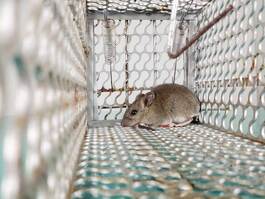 Pests are looking for shelter during the cooler months and your kitchen is likely a warm, fragrant attraction for them. But you can take steps to prevent an infestation – or at least spot the early signs of one and handle it before it becomes a full-blown safety problem. In addition to having your staff check pest traps regularly, ask them to be aware of other warning signs: cardboard or other containers that look like they have been chewed, shredded paper or cardboard that rodents might use for nesting, droppings, the sounds of scratching or other possible animal activity in the walls, unusual smells, or insect activity in or around bins or food storage areas. 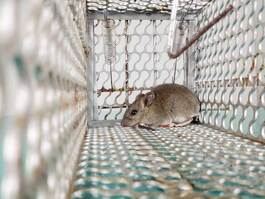 Before cooler temperatures encourage rodents and other pests to seek shelter in your restaurant kitchen, your staff can help you make your business a less hospitable place for them. Consider the perimeter of your property: Beyond repair work being done on your building to seal cracks and close other potential entry points, incentivize your waitstaff to keep pests at bay. They can be your eyes and ears around your restaurant, ensuring your outdoor seating areas are cleaned regularly, clearing finished dishes and cutlery promptly, wiping up spills, and identifying possible infestations for you before they become larger problems.  Your waste management efforts can go a long way in not only saving money, but also deterring insects and other pests to your kitchen. Are there steps you can take now to ensure you’re minimizing any food byproducts that are collected in your kitchen and must be discarded each day? Before the hot temperatures hit this summer, give your indoor and outdoor waste receptacles a deep clean — along with the surrounding areas — to clear any debris or liquid that may have leaked out. 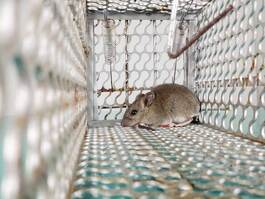 A warm, fragrant restaurant kitchen is an inviting shelter for pests. In addition to sealing cracks, keeping doors closed, wiping spills and keeping foliage away from the perimeter of your facility, make sure you’re taking some additional steps to avoid enticing unwanted guests. Clean your food preparation and storage areas regularly. Keep close watch on your inventory – to include rotating damaged or expired stock often and storing fresh items in sealed containers in your pantry. Bag your food waste tightly (and minimize it wherever possible so there is less to discard) and ensure dumpsters are emptied often and closed securely at all other times.  When the exterior of your facility is clean and tidy, it doesn’t just appeal to guests who are being more vigilant about cleanliness – it also deters pests looking to enter the building. Colder weather is coming and pests will be looking for warm places to hide. Ensure that any trees or shrubs are cut back a few feet from the sides of the building, seal any cracks in your concrete, and remove any stagnant water near your facility as it can help pests breed. Have your staff check the restaurant’s entrances and exterior walls regularly for signs that pests are gathering or looking for entry points. 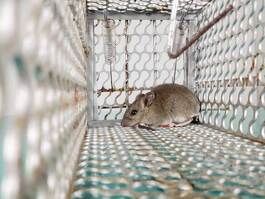 As the weather cools, rodents will be seeking shelter in warmer environments like your kitchen and storage areas. If you have put off regular maintenance and repairs in recent months, now is a good time to check your facility for cracks and crevices where pests might enter and to trim any vegetation surrounding your facility that could provide a shelter for them. If you find potential entry points, seal them with caulk or weather foam – as opposed to a less-permanent or half-baked solution that might alert a health inspector to a problem. As you open your doors to guests this spring, the windows and doors helping you ventilate your facility could also make it easier for pests to find their way inside. Check screens on windows and doors for holes and other damage, and if you have storage areas or outbuildings that haven’t been used as frequently during the pandemic, check for rodent activity. Inspect the exterior of your facility for cracks and trim back any brush that could harbor pests close to your walls. Ensure any sticky spills aren’t left for long periods, particularly if you have staff and guests circulating regularly between indoor and outdoor seating areas. Finally, since insects can hitch a ride into your kitchen on contaminated food, be sure to check your food deliveries for pest activity upon arrival and to store them promptly afterwards.
This has been a year when restaurants have had to do more with less – and it’s understandable if overdue maintenance and repairs have had to take a backseat to other concerns. But the colder weather means that your restaurant could quickly become a warm haven for pests (and a problem for business) if you don’t take precautions to discourage them from entering and multiplying. Be alert to potential signs of a problem – such as gnaw marks or feces – and have an exterminator in as soon as possible if you discover them. Seal off cracks and crevices around and inside your facility and regularly check hidden areas where pests might lurk, such as around pipes and under or around appliances.
As quarantines have altered people’s comings and goings, as well as the distribution of garbage and recycling in some places, pests are coming out of hiding. In Seattle, rats have been seen wrestling in public parks. A recent National Geographic report said that in New York City, rats are normally able to live out their lives within 150 feet of where they were born because of the plentiful food sources around them, but that’s no longer the case. They are boldly looking for food indoors, where they can not only spread disease but also chew and damage electrical wiring. In your restaurant, take extra care to minimize entry points for rats, mice and other pests right now. Avoid keeping doors open, even though it helps your staff avoid touching those surfaces. Seal any gaps under doors, since even a quarter-inch gap can give a mouse an entry point into your facility. Ensure trash containers – indoors and out – are sealed and cleaned regularly.
|
subscribe to our newsletterArchives
July 2024
Categories
All
|
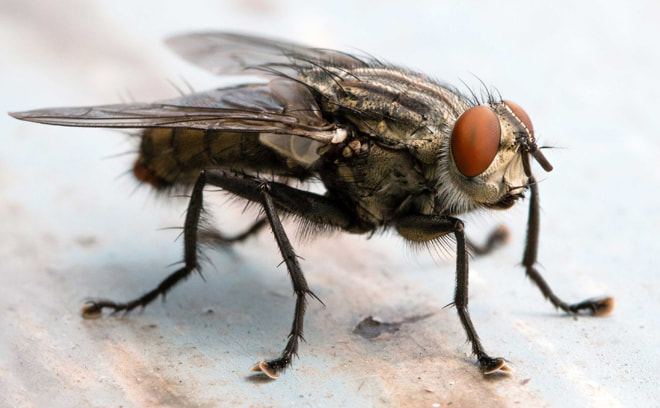
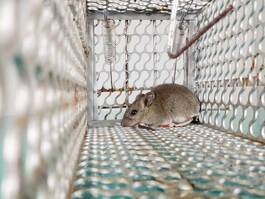
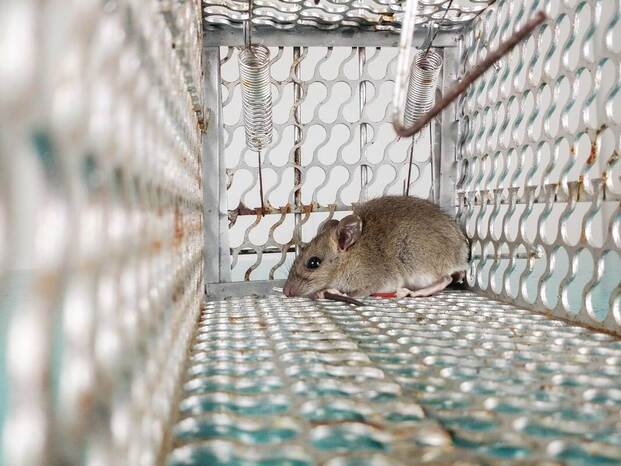


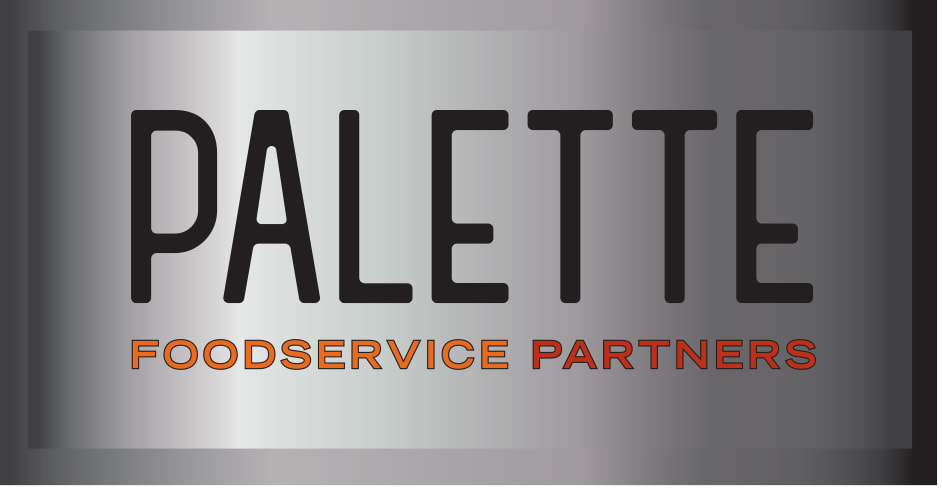
 RSS Feed
RSS Feed